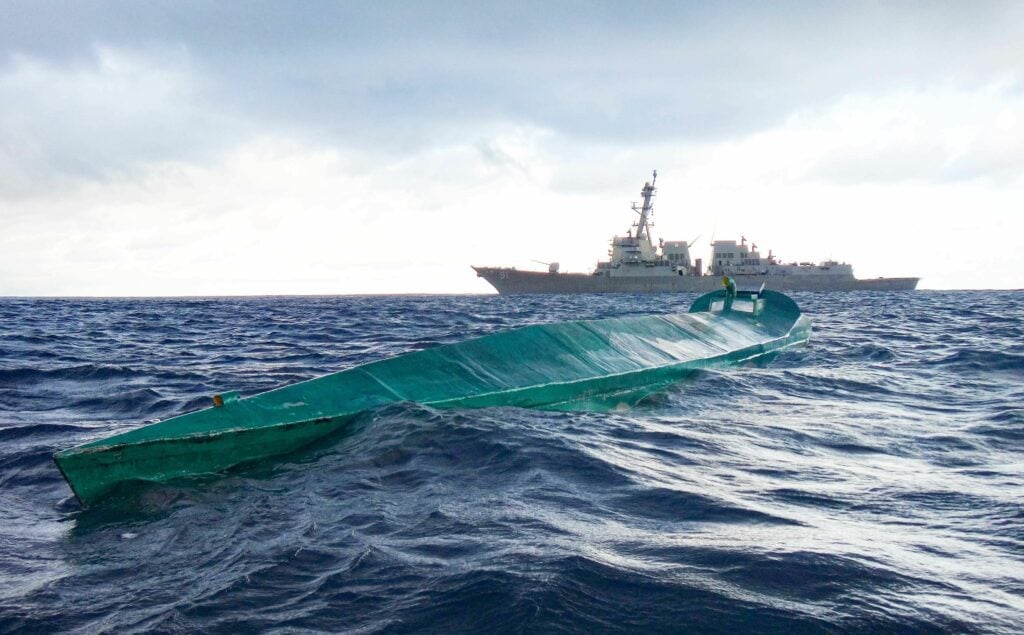With no purpose other than to engage in illicit drug trafficking, many semi-submersibles emerged from Central America. Dubbed as Big Foot before 2006, these narcotic-transporting vessels remained as widespread rumors with no reported sightings.
A shipyard situated in the vast Columbian Jungles disassembled and reassembled semi-submersibles to smuggle tons worth of cocaine to the United States, with some vessels only constructed for single-use to avoid risks.
The Spotting of the Alleged Big Foot
The idea of the existence of narco submarines remained unfamiliar to many before 2006. Many called narco submarines Big Foot as many have heard rumors about it, but its existence remained hidden.
The first spotting of a narco submarine happened in the late months of 2006, 145 kilometers southwest of Costa Rica, venturing in the sea. It was massive and blue-colored, with its body sharing similar features to that of a submarine.
An increasing number of the Big Foot sea vessels, known as a self-propelled semi-submersible, continued to appear. These humongous-in-size seacrafts contained massive amounts of drugs relative to the size of the semi-submersible itself. Traveling from Central America to the United States, these vessels are one of the modes of transportation used in drug trafficking.
It’s significant. We believe they can carry upwards of eight or 10 tons of cocaine. It’s in fact a logical progression. As we get better at interdiction, they move to try to counteract our success.
Rear-Admiral Joseph Nimmich
(Source: Internet Archive)
The Jungle Shipyard and the Semi-Submersible
Joseph Nimmich, Rear-Admiral and the Director of the Joint Interagency Task Force South, states that drug cartels initially sought new methods of transportation for their drugs when drug enforcement authorities thoroughly regulated fishing vessels for drug trafficking.
One of the suggestions was to use a speed boat for drug trafficking. Drug cartels soon led to using semi-submersibles as they do not attract much attention, having the capability to finish their journey beneath the surface of the ocean waters. Additionally, semi-submersibles are harder to track on radar screens and can confuse infrared sensors, making them the perfect mode of transport for drugs. (Source: Internet Archive)
This is the first time in the country’s history that a craft with these characteristics has been caught near the national coasts. It’s incredible how drug traffickers are using different means to be able to take drugs to the United States.
Costa Rica Security Minister Fernando Berrocal
(Source: The Guardian)
The shipyards of the semi-submersibles can be found deep within the vast jungle of Columbia. Within the jungle lies a camp where workers sleep after they disassemble and reassemble sea vessels in different areas in the jungle. Regardless of the heavy price and the lengthy constructions, some semi-submersibles are only used once after a successful transport because of the $400 million street value their freight carries.
Assumably, the Revolutionary Armed Forces of Columbia requested the semi-submarines as they’re one of the most formidable drug-trafficking organizations. From 2006 to 2007, with the collaboration of Columbian officials and the United States Coast Guard and Navy, more than ten semi-submersibles have been captured. (Source: Los Angeles Times)
